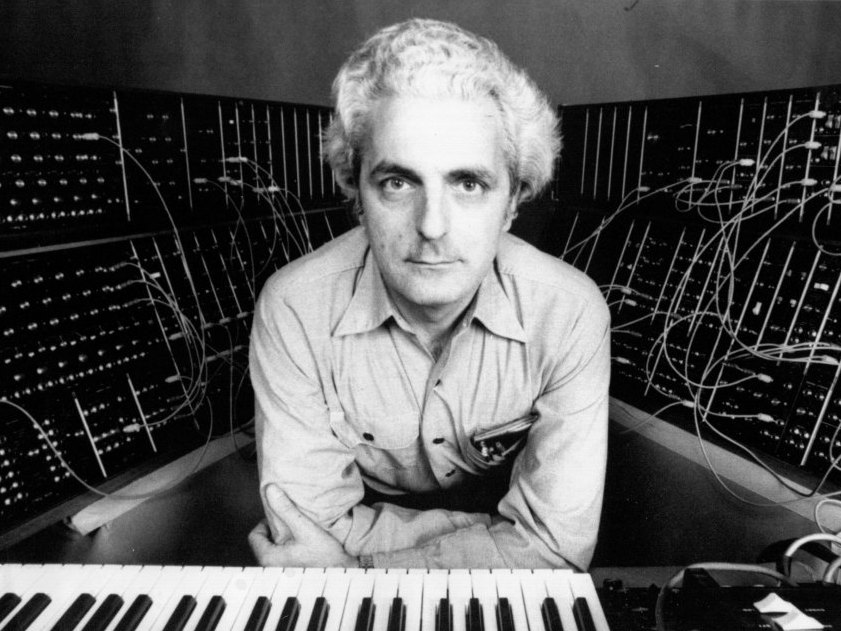Inventor of electronic musical instruments: Who is Robert Moog?
Robert Moog is an American inventor known as the pioneer of electronic musical instruments such as the synthesizer. In this article, you can find information about the life and work of Robert Moog.

Robert Moog (May 23, 1934 – August 21, 2005) was an American electronics engineer best known as the designer and inventor of musical instruments. One of his most important contributions was the invention of the Moog synthesizers, which became popular in the 1960s and are still widely used today.
Moog developed an interest in music at a young age and began experimenting with electronic musical instruments such as the theremin as a child. Later, he studied physics and music at Cornell University, where he began designing electronic musical instruments.
Robert Arthur Moog (May 23, 1934 – August 21, 2005) was an American engineer and electronic music pioneer. He was the founder of the synthesizer manufacturer Moog Music and the inventor of the first commercial synthesizer, the Moog synthesizer, which debuted in 1964. In 1970, Moog released a more portable model, the Minimoog, described as the most famous and influential synthesizer in history. Among Moog's honors are a Technical Grammy Award, received in 2002, and an induction into the National Inventors Hall of Fame.
In 1964, Moog produced the first modular synthesizer and made it available to musicians. These synthesizers consisted of assembling specialized modules used to generate sounds electronically. These devices opened up a whole new avenue in music production and played a huge role in popularizing electronic music.
Moog's synthesizers revolutionized the music world and are still widely used today. Moog brought many innovations to the music world and inspired the design of electronic musical instruments.
Robert Moog was born on May 23, 1934, in Queens, New York. His father, George Moog, was a painter and sculptor, and his mother, Shirleigh Moog, was a teacher. Moog became interested in electronic musical instruments such as the theremin as a child and started making his own instruments.
Moog was accepted into the physics department at Columbia University in New York in 1957. Here he acquired the basic knowledge necessary to design electronic musical instruments. Later, he moved to Harvard University to study music, where he continued his studies on electronic musical instruments.
In 1964 Moog produced its first modular synthesizer. This device consisted of assembling customized modules used to generate sounds electronically. These synthesizers opened up a whole new avenue in music production and played a huge role in popularizing electronic music.
Moog continued to manufacture synthesizers until the mid-1970s and developed many different models. However, in the late 1970s, the popularity of synthesizers began to wane, and Moog had to sell his company.
In the 1980s, Moog continued to take an interest in new technologies and musical instrument designs. During this period, MIDI (Digital Interface for Musical Instruments) technology was developed and Moog produced MIDI-compatible synthesizers.
Moog died of cancer on August 21, 2005. However, his synthesizers and innovative work in musical instrument design have made a huge contribution to the music world and are still in use.
Moog Synthesizer
The Moog synthesizer is an electronic musical instrument used in music production. The first Moog synthesizer was designed and manufactured by Robert Moog in 1964. These synthesizers consisted of assembling specialized modules used to generate sounds electronically.
Because Moog synthesizers have a modular structure, users can combine different modules to produce the sound they want. These modules include components such as oscillators, filters, amplifiers, sound recorders, and effects. Each of these modules can be used to change different aspects of the sound. For example, oscillators determine the frequency of the sound, while filters are used to change the tone of the sound.
